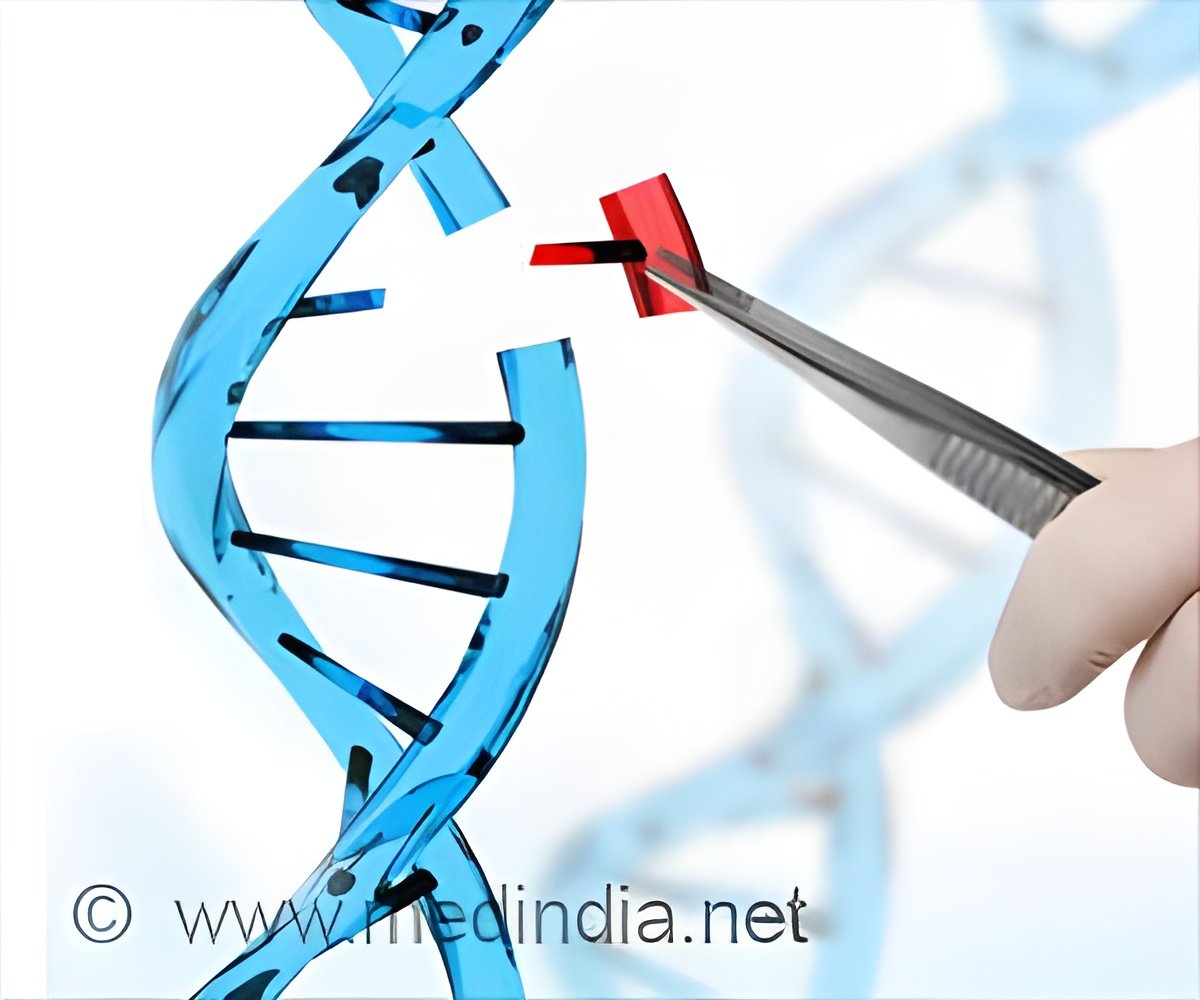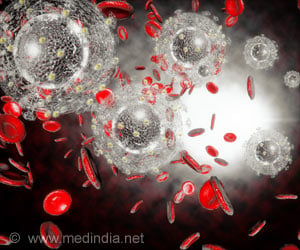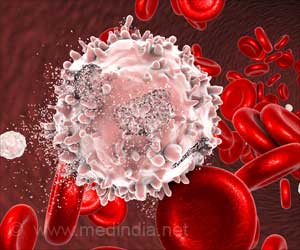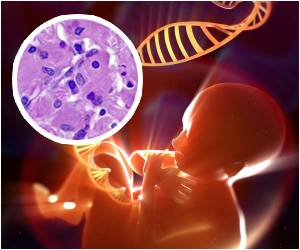New large-scale CRISPR technique analyzes the effects of thousands of gene edits simultaneously.

‘Tweaking CRISPR has led to the development of a new method that can monitor the outcome of tens of thousands of gene edits simultaneously.’





The new study will improve scientists’ ability to identify the genetic changes most likely to harm cells and contribute to disease. "For several years, scientists have used CRISPR to cut many genes at one time," said lead author Leonid Kruglyak, chair of human genetics at the David Geffen School of Medicine at UCLA. "But there was a lack of CRISPR methods to edit many genes at once. Our lab is the first to develop a large-scale technique for achieving this in cells structured like human cells."
Previous research has performed parallel edits in bacterial cells, which are organized differently than human cells, he noted.
CRISPR combines a scissor-like protein called Cas9 and a guide molecule that acts like a bloodhound to sniff out a precise site in the genome. Once there, Cas9 snips the DNA, disabling the targeted gene. Scientists can also insert a new piece of DNA to edit a gene’s sequence and patch over the cut made by Cas9.
"For CRISPR to introduce edits to the genome properly, each cell needs to receive the right combination of guide and patch," said first author Meru Sadhu, a postdoctoral researcher in Kruglyak’s lab. "Delivering the pairs correctly to thousands of cells at the same time posed a complicated scientific puzzle."
Advertisement
To test the approach, Kruglyak and Sadhu studied a class of genetic mutations suspected to be harmful to cells.
Advertisement
After growing millions of yeast cells inside a flask of fluid, the scientists used CRISPR to deliver a customized set of paired guides and patches to each cell, exploring the effects of roughly 10,000 distinct mutations simultaneously. Each guide and patch instructed CRISPR where to snip the gene and what edit to introduce.
After four days, the team identified which cells died or survived.
"We were surprised to find that some genes believed to be essential for cell function actually aren’t," Sadhu said. "In other genes, only a part of the protein is essential, while the rest can be chopped off and the cell will still survive."
The UCLA team hopes their technique will help scientists to rapidly distinguish the most damaging genetic edits from the harmless.
"We can now edit the genome in thousands of different ways, while observing positive or negative effects on cells," said Kruglyak, who is also a Howard Hughes Medical Institute investigator. "Our ultimate goal is to help scientists zero in on the genetic culprit for a disease, leading doctors to a firm diagnosis and allowing patients to obtain the most effective treatment."
Source-Eurekalert











